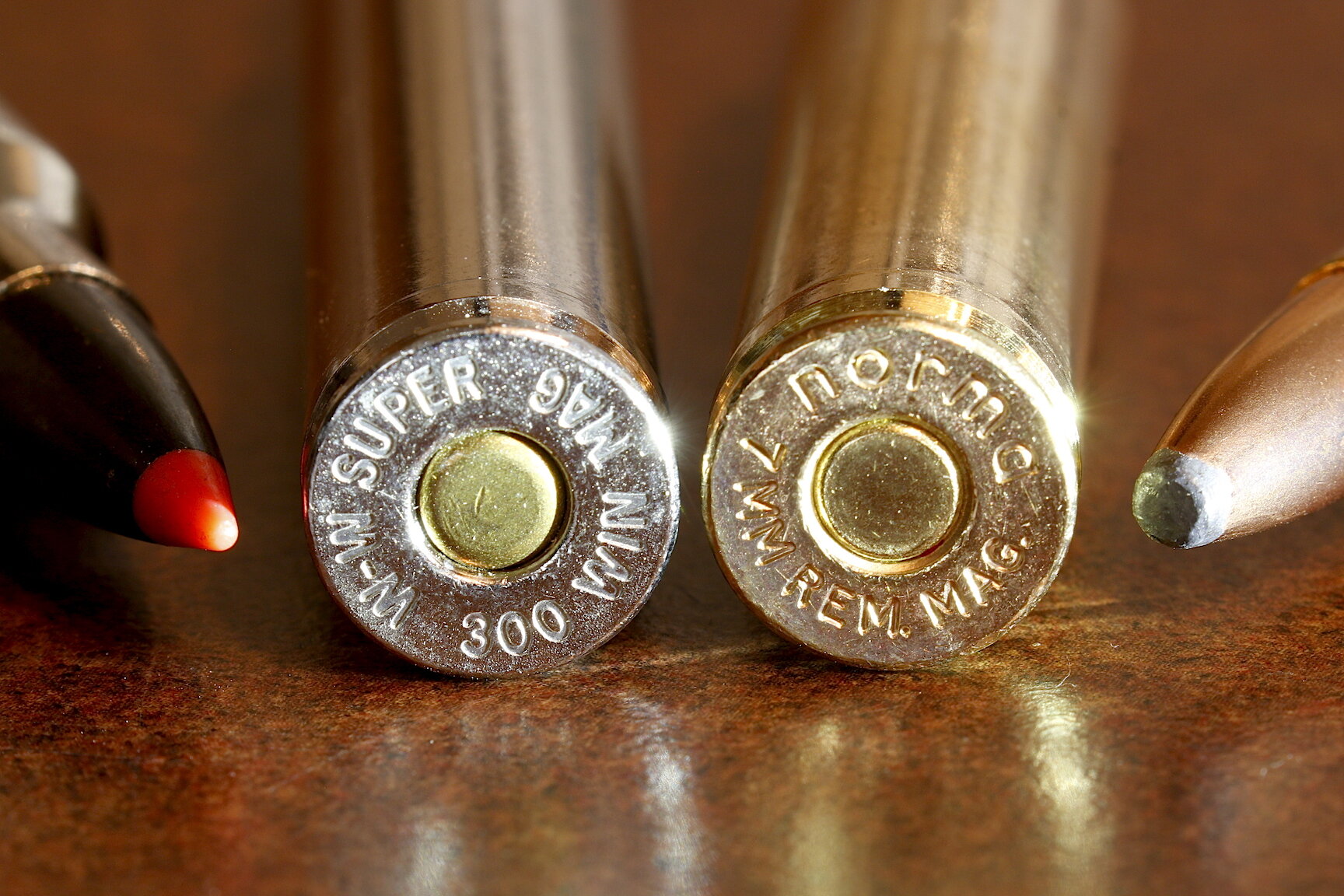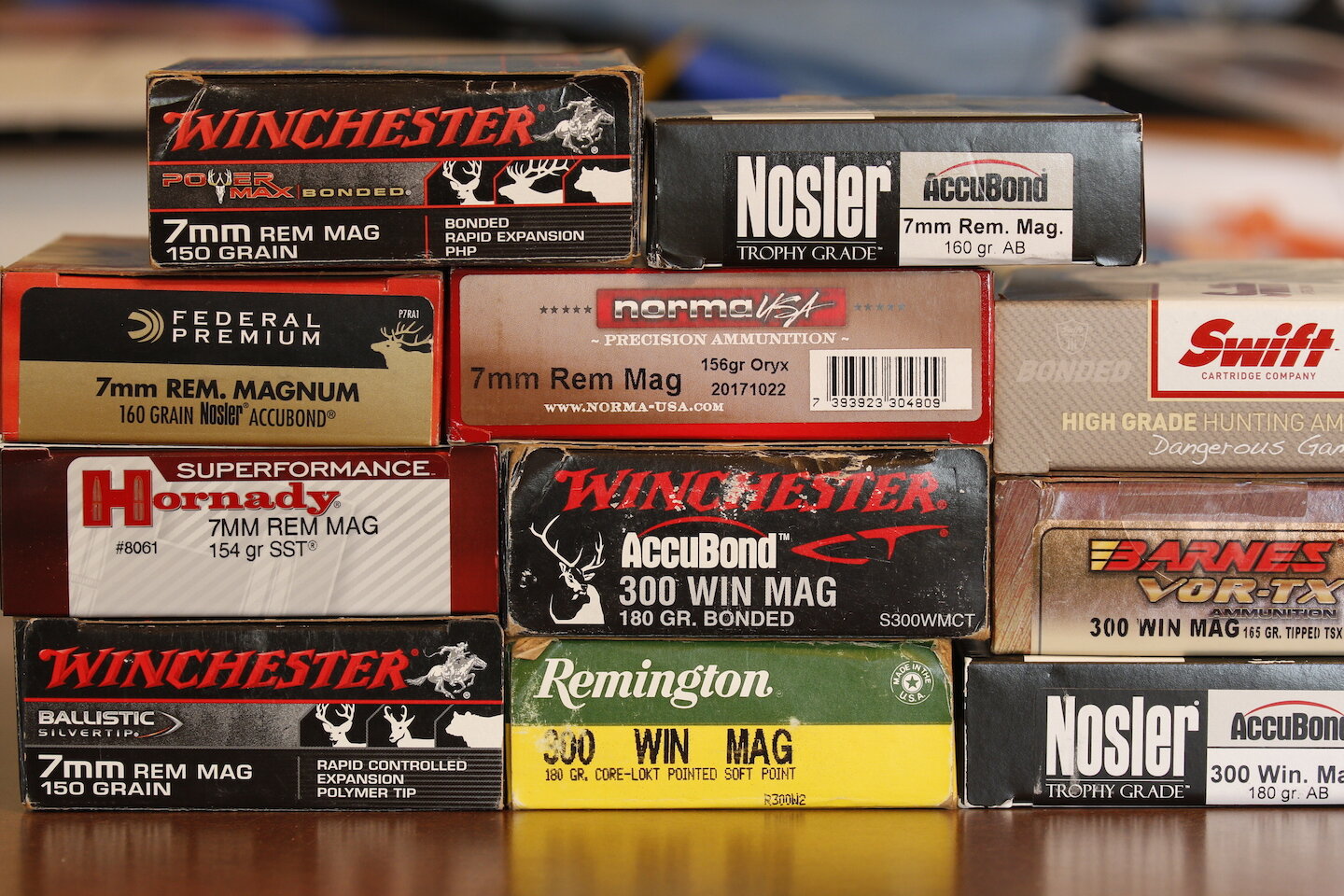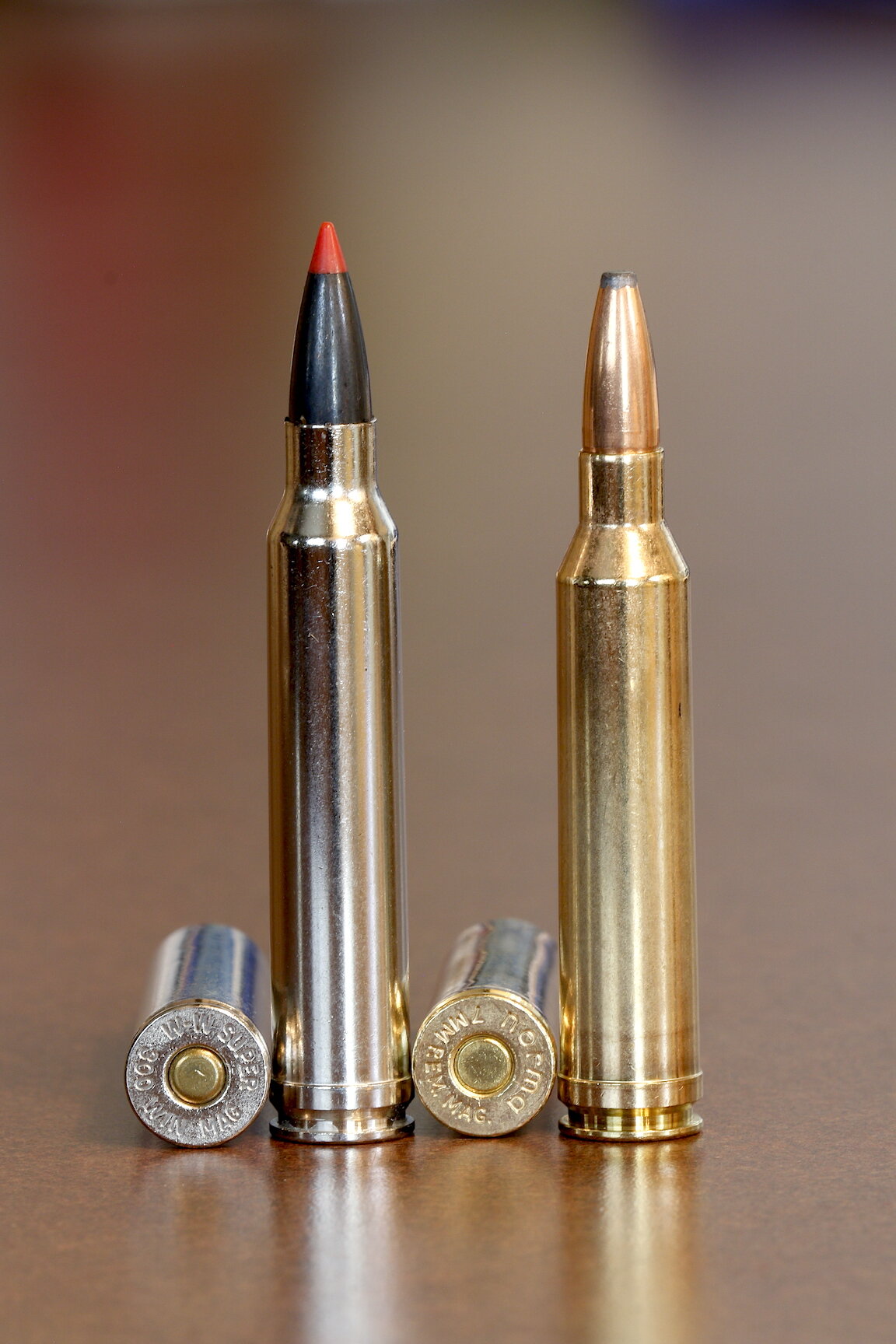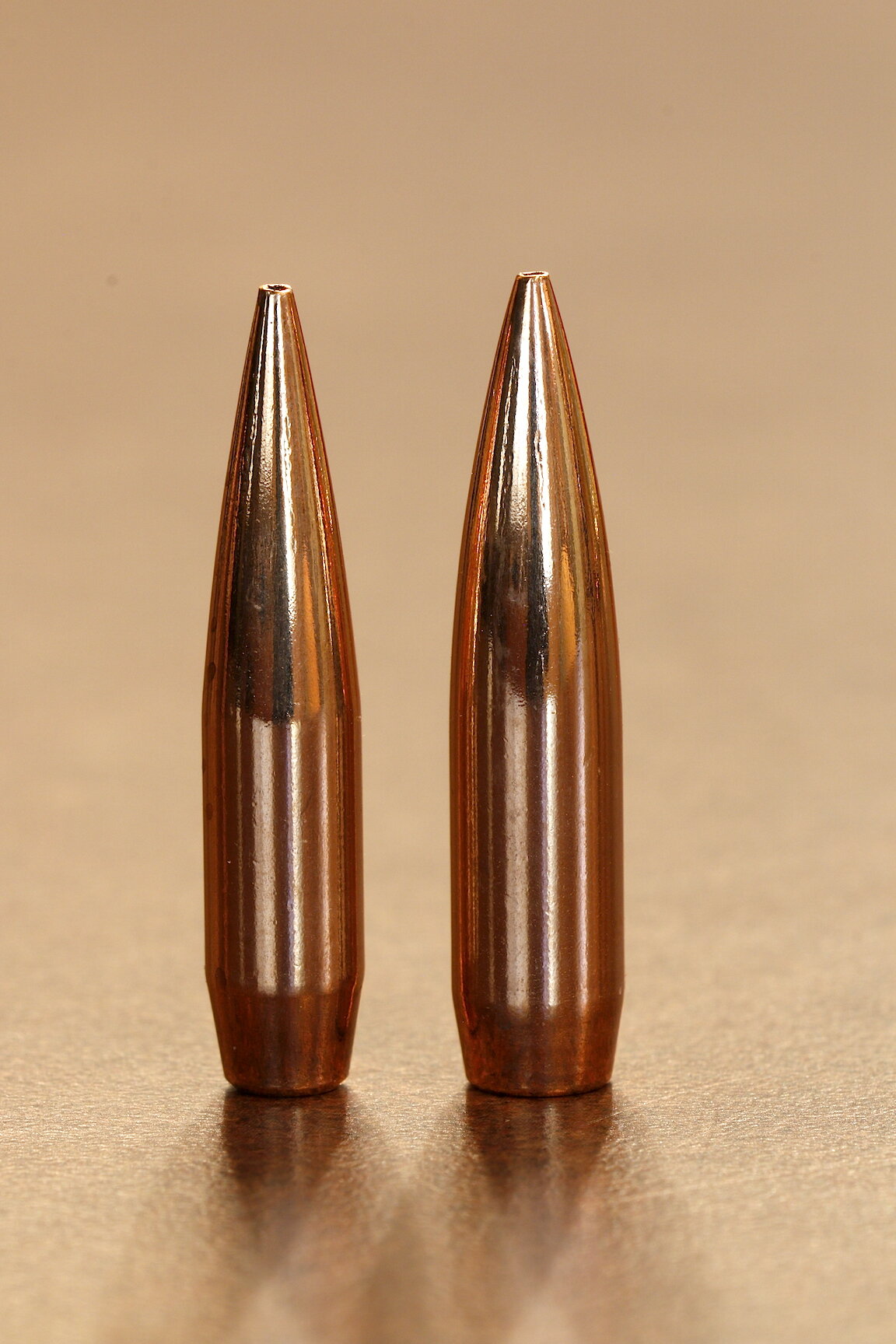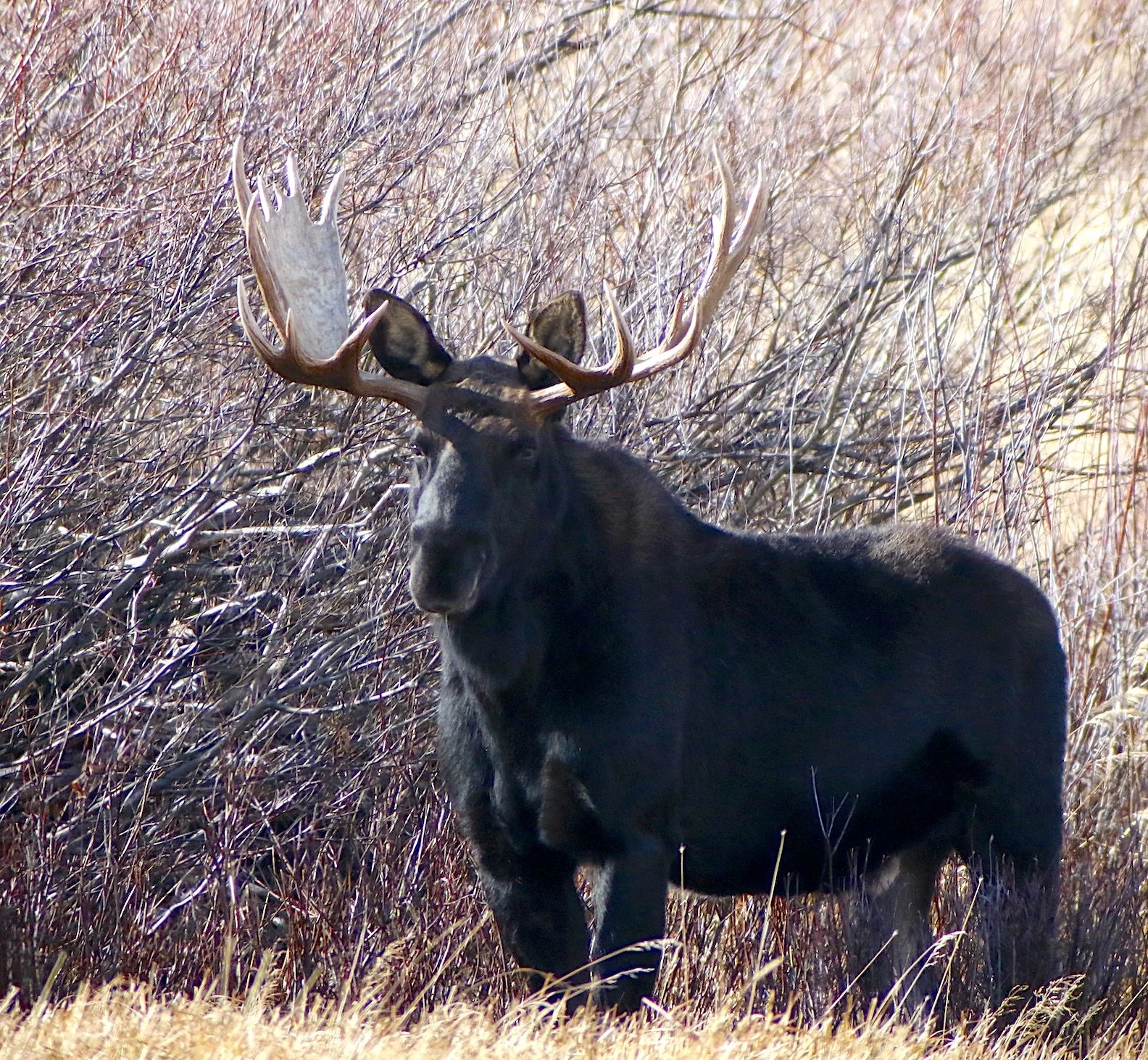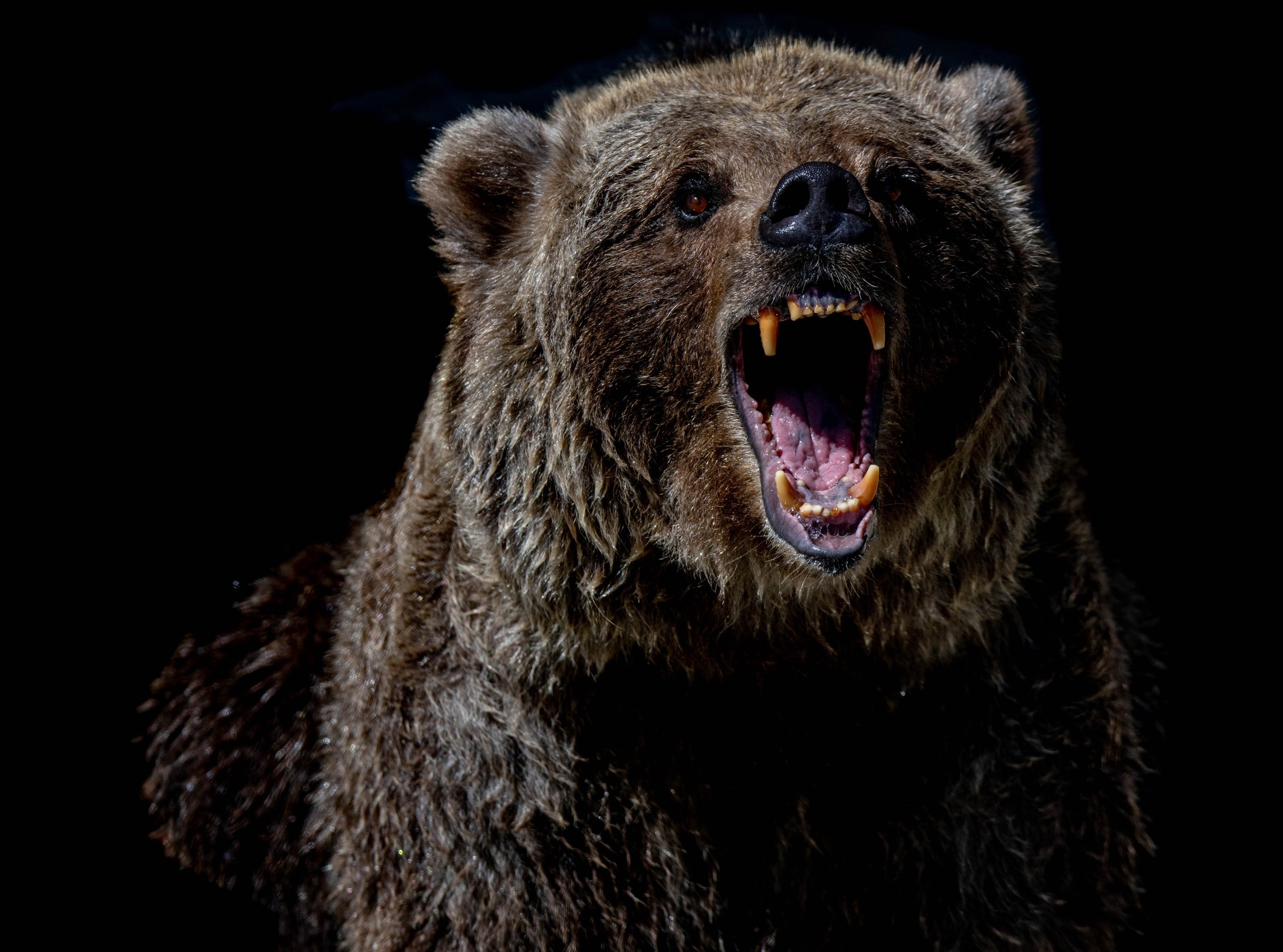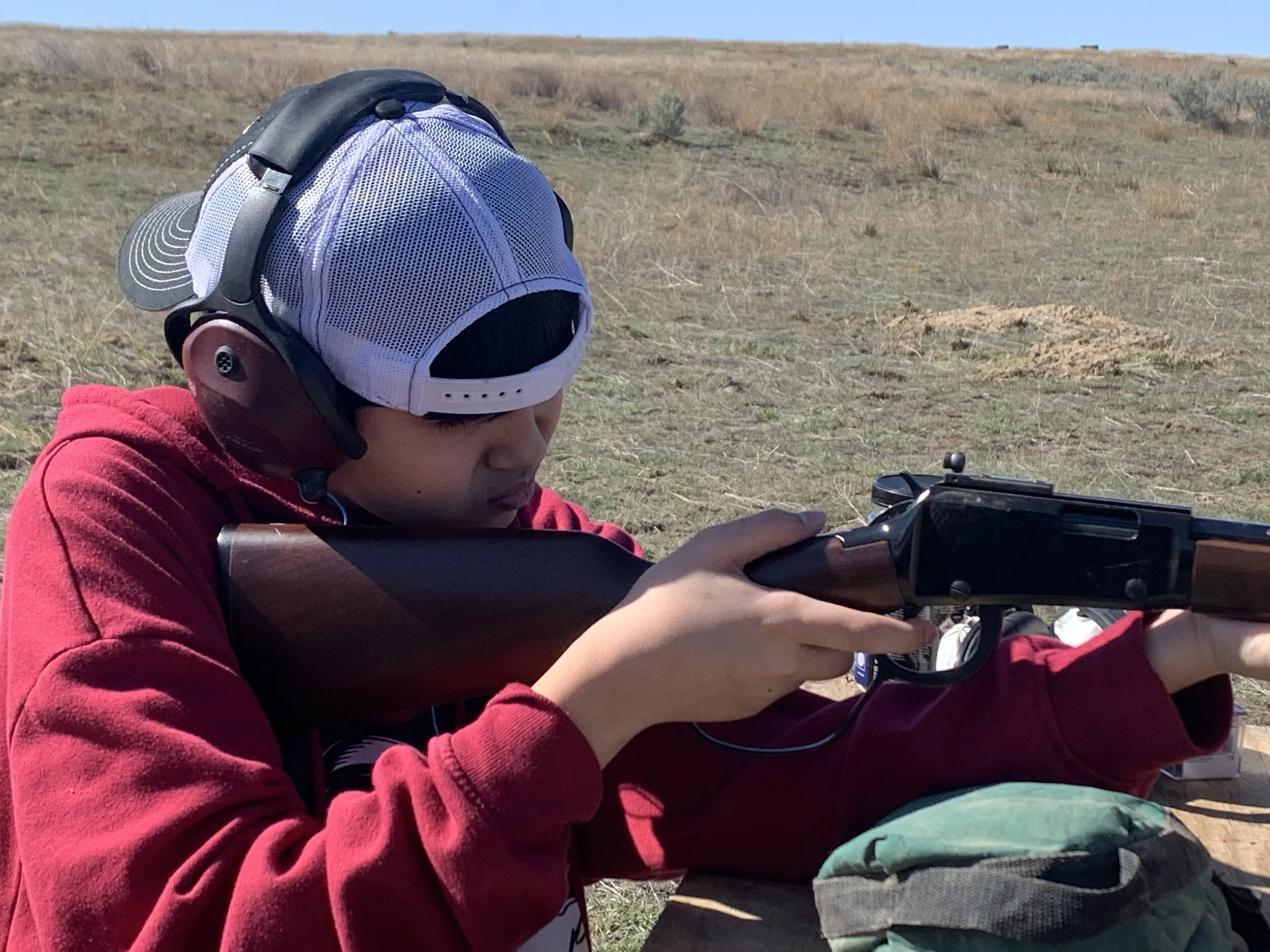7mm Rem. Mag. vs. 300 Win. Mag.
The battle between the 300 WM and 7mm RM has been raging since 1963.
A war’s been raging since 1963. That’s the year Winchester brought to market its now famous 300 Winchester Magnum. That introduction was, I’m guessing, retaliation against Remington’s 1962 release of its equally famous 7mm Remington Magnum. Each cartridge is today the most popular magnum in its caliber, raising the question: Which is the best all round hunting cartridge?
Now, you 300 Weatherby Mag. fans don’t jump in here and spoil the argument or I’ll let the 300 RUM lovers counter. Size matters, so let’s stick to the two older magnums.
Virtually every brand loads the 7mm Rem. Mag. and 300 Win. Mag.
To engage this 7mm RM vs. 300 WM argument you have to be willing to pick at nits because, bottom line, both cartridges (and many other magnums like them) are winners. Either will neatly terminate deer, sheep, elk and larger game so long at the shooter delivers the right bullet to the right spot. Those are always the deciding factors: right bullet, right place. Given that, I would happily and eagerly hunt anything with either cartridge — even charging brown bears. Well, I wouldn’t be eager to face a charging brown bear, but I’d trust either cartridge if I had to — so long as each was spitting a long, heavy, controlled expansion bullet.
Regardless, if I had to pick just one of these for all-round hunting, it would be the 7mm Rem. Mag. by a nose. In a nutshell, here’s why: given equal rifle mass, optimum bullet Ballistic Coefficients and Muzzle Velocities in each caliber, the 7mm RM will shoot flatter, drift less and recoil with less brain jarring recoil than the 300 WM. Let’s run a quick ballistic comparison and see the tale of the tape. We’ll pretend both rifles weigh 8-pounds as shot. We’ll zero both at 250 yards, load both to maximum muzzle velocity and fire both in a 10 mph right angle breeze. Ready, aim, fire!
Ballistic software generates performance numbers for easy comparisons.
Here are the relative recoil levels from both 8-pound rifles in the above scenario:
Recoil Impulse Recoil velocity of rife Free recoil energy
7mm Rem. Mag. 3.5 lbs. per sec. 14.07 fps 24.6 foot-pounds
300 Win. Mag. 3.89 lbs. per sec. 15.64 fps 30.4 foot-pounds
Astute readers will notice a few things from these numbers:
Contrary to popular belief, the heavier bullet does not drift less in the wind. Wind deflection is determined by a combination of B.C. and MV, not just weight. Weight is only a part of B.C.
The heavier, larger caliber bullet delivers more energy at all ranges despite starting with a slower MV. The higher B.C. of this 210-grain .308 bullet helps it resist air drag, enabling it to retain more of the energy it started out with.
The 7mm (.284-inch) bullet drops less at all ranges even though the .308-inch bullet has a more efficient, minimum drag B.C. This is because the MV was 200 fps faster.
The 300 WM kicks slightly more. If you’re recoil sensitive…
None of this matters to the elk. If you think 150 f-p impact energy will spell the difference between venison on the pole and a lost cripple, you might be interested in a bridge I’m selling in Manhattan.
Our current fad for long range shooting makes these studies in ballistics fascinating, but at “normal” hunting distances, neither cartridge has an appreciable advantage over the other. Deciding which you prefer comes down to levels of recoil, downrange energy, bullet drop and bullet drift, none of which are significant unless you plan to be throwing at targets beyond 500 yards.
The 300 WM on left and 7mm RM are both based on the belted 375 H&H Magnum case. Both fit 30-06 length actions.
Both cartridges fit through standard length actions, both maximize performance in 26-inch barrels but do fine in more convenient 24-inch tubes. Both are chambered in just about every hunting rifle made, including wonderfully affordable models like Mossberg's Patriot as demonstrated here. Both are loaded with a wide variety of some of the the best bullets in the world and both are widely distributed and easily found. You can find .284 bullets from 100-grains to 180 grains, .308 bullets from 100- to 230-grains for handloading but — and this is a significant but — factory loads may throw you a curve!
WARNING: In factory loaded ammunition, you’ll be hard pressed to find 300 WM ammo with bullets heavier than 180 grains. Most brands offer 170 to 175-grain options in 7mm RM. That changes the ballistics significantly in favor of the 7mm and might alter your plans. If you are planning to shoot factory ammunition only, check back here for Part Two of this cartridge comparison blog. Factory load options might change your mind.
To match or beat the B.C. of a 168-grain 7mm bullet, a .308 bullet with similar form needs to weigh about 210 grains.
# # #


